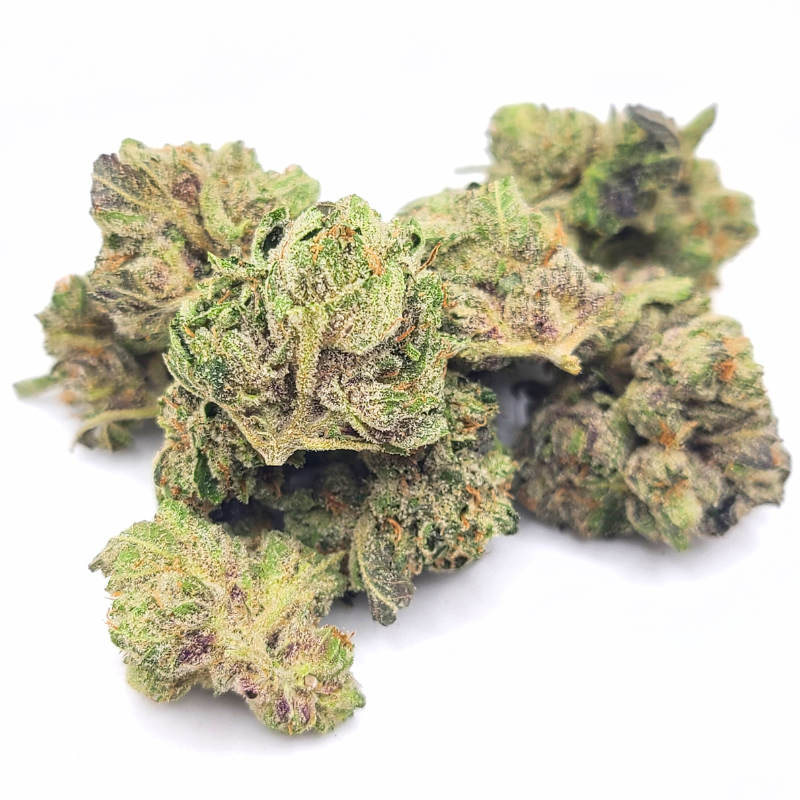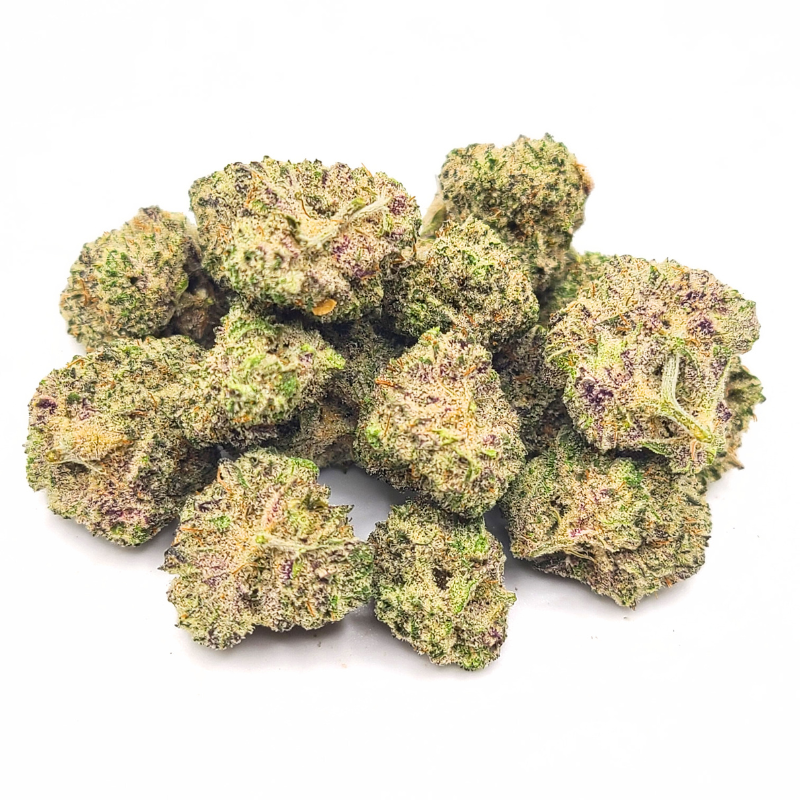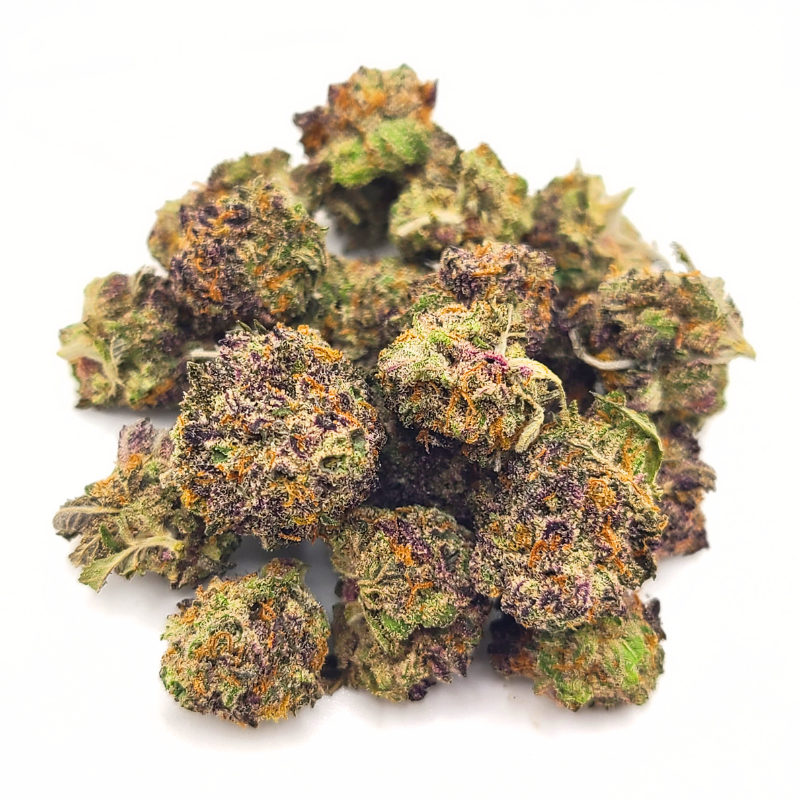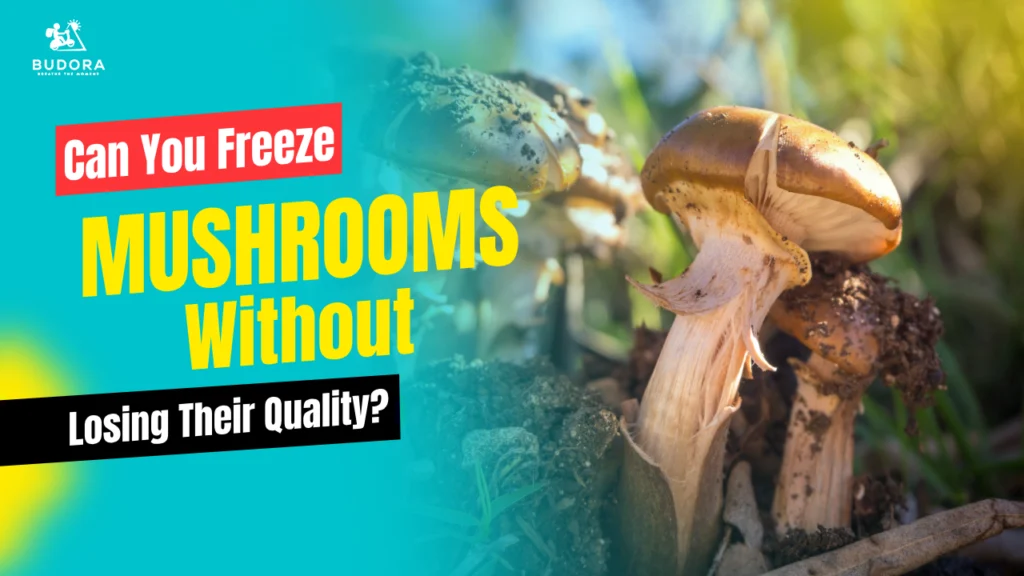

What is Cannabis? Types, Benefits & Legal Aspects Explained
- Budora
Cannabis has been a subject of intrigue and significance for centuries, playing an essential role in various cultures for medicinal, industrial, and recreational purposes. This guide explores its rich history, plant anatomy, types, effects, key cannabinoids, modern applications, and legal considerations.
Keynotes
- Cannabis has been used for over 5000 years in medicine, spirituality, and industry across various cultures.
- The plant consists of leaves, flowers, stems, and seeds, with Indica, Sativa, and Hybrid strains offering different effects.
- THC induces psychoactive effects, while CBD provides therapeutic benefits without intoxication.
- Cannabis aids in pain relief, anxiety, and epilepsy while also supporting industries like textiles, biofuels, and wellness.
- Laws vary globally, and consumers should buy from licensed dispensaries for safe, legal products.

Historical Significance
Cannabis originated in Central Asia and has been cultivated by humans for over 5000 years. In ancient China, records dating back to 2700 BCE mention its use in treating ailments like rheumatism, gout, and malaria. Chinese civilizations also capitalized on hemp—a cannabis variant—to manufacture textiles, paper, and rope.
In India, cannabis became deeply embedded in spiritual and religious practices, recognized as one of the five sacred plants in the Vedas. Consumed as bhang, a traditional drink, it was believed to provide both therapeutic relief and spiritual enlightenment.
By the 19th century, cannabis made its way to Western medicine, where it was prescribed for pain relief, nausea, and muscle spasms. However, in the 20th century, global restrictions on cannabis led to its criminalization in many parts of the world.
Anatomy of the Cannabis Plant
Understanding the structure of cannabis is essential for recognizing its diverse applications:
- Leaves: The iconic fan-shaped structures responsible for photosynthesis and energy conversion.
- Flowers (Buds): The most potent part of the plant, rich in cannabinoids and terpenes.
- Stems: Provide structural support and facilitate the transportation of nutrients and water.
- Seeds: Used for cultivation and as a source of protein-rich oil.
Each part of the plant contributes uniquely to its medicinal and industrial applications.


Types of Cannabis Strains
Cannabis strains are categorized into three primary types, each offering distinct effects:
- Indica: Characterized by short, bushy plants with broad leaves. Indica strains are known for their calming, sedative effects, making them ideal for relaxation, pain relief, and sleep support.
- Sativa: Taller, leaner plants with narrow leaves, Sativa strains provide an uplifting, energizing effect, often enhancing focus, creativity, and social engagement.
- Hybrids: A blend of Indica and Sativa, hybrids offer a balanced experience, tailored to provide a mix of relaxation and stimulation depending on the strain’s dominance.
Key Cannabinoids: THC & CBD
The most well-known cannabinoids found in cannabis are THC and CBD:
- THC Oil: Responsible for the “high” sensation; also aids in pain relief and appetite stimulation.
- CBD: Non-psychoactive, known for its anti-inflammatory, anti-anxiety, and pain-relieving properties.
These compounds, along with terpenes, work together to produce what is known as the entourage effect, enhancing the plant’s therapeutic benefits.
The Benefits of Cannabis
Medical Benefits
Cannabis has proven to be beneficial for several medical conditions, including:
- Chronic pain management
- Anxiety and depression relief
- Reduction of epilepsy seizures
- Nausea relief for chemotherapy patients
- PTSD and insomnia treatment
Industrial & Economic Impact
Apart from medicinal use, cannabis plays a significant role in various industries:
- Hemp textiles and biofuel: Sustainable alternatives to synthetic materials.
- CBD-infused wellness products: Found in skincare, edibles, and beverages.
- Cannabis seed: Used in agriculture and nutrition.
Recreational Use
With cannabis legalization spreading worldwide, recreational cannabis is now widely available in licensed cannabis stores, including BC Cannabis Store, where consumers can purchase products legally.
Modern Applications of Cannabis
The medical and industrial applications of cannabis have expanded significantly:
- Medical Cannabis: Used to manage chronic pain, epilepsy, PTSD, anxiety, and even chemotherapy-induced nausea.
- Industrial Hemp: A sustainable material for textiles, bioplastics, construction, and biofuel.
- Wellness and Lifestyle: CBD-infused products, including skincare, edibles, and beverages, have gained popularity for their therapeutic effects without intoxication.

Legal Considerations
Cannabis laws vary globally, with some countries legalizing it for medical and recreational use while others maintain strict prohibitions.
Canada
One of the pioneers in legalizing cannabis for both medical and recreational use, with widespread cannabis stores and same-day delivery in BC for convenience.
United States
Laws vary by state; some allow full legalization while others have strict restrictions.
Netherlands
Cannabis is decriminalized and sold in designated cannabis places like coffee shops.
Germany & Thailand
Moving towards controlled legalization for medical and recreational use.
Pakistan
Cannabis remains illegal, though hemp cultivation is being explored for industrial purposes.
It is crucial to stay informed about local laws and regulations before considering the use of cannabis.
Choosing the Right Cannabis Product
When purchasing cannabis, consider the following factors:
- Strain Type: Choose based on desired effects—Indica for relaxation, Sativa for stimulation, or a Hybrid for a balanced experience.
- Consumption Method: Options include smoking, vaping, edibles, tinctures, and honey oils, each offering different onset times and durations.
- Dosage & Potency: Start with a low dose, especially for edibles, to assess your tolerance and avoid unwanted effects.
- Legal Source: Always buy from licensed dispensaries like BC Cannabis Store or other reputable cannabis places to ensure quality and safety.
Conclusion
Understanding what is cannabis and its diverse applications helps in making informed decisions about its use. From cannabis indica and cannabis sativa strains to medical and industrial applications, the plant continues to evolve in its role globally. As laws shift and new research emerges, cannabis is set to become an even more significant player in the health and wellness industry. Whether you’re seeking medicinal benefits, recreational enjoyment, or industrial applications, staying informed about cannabis ensures responsible and effective usage. Always check legal regulations in your area and opt for trusted cannabis stores for high-quality products.
Like this article?
Budora
OTHER ARTICLES YOU MAY LIKE



